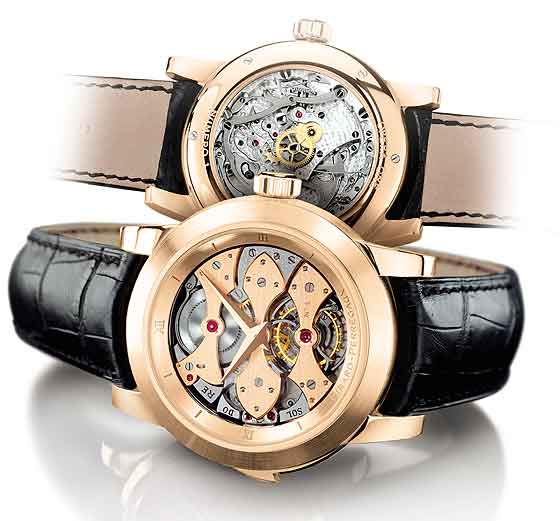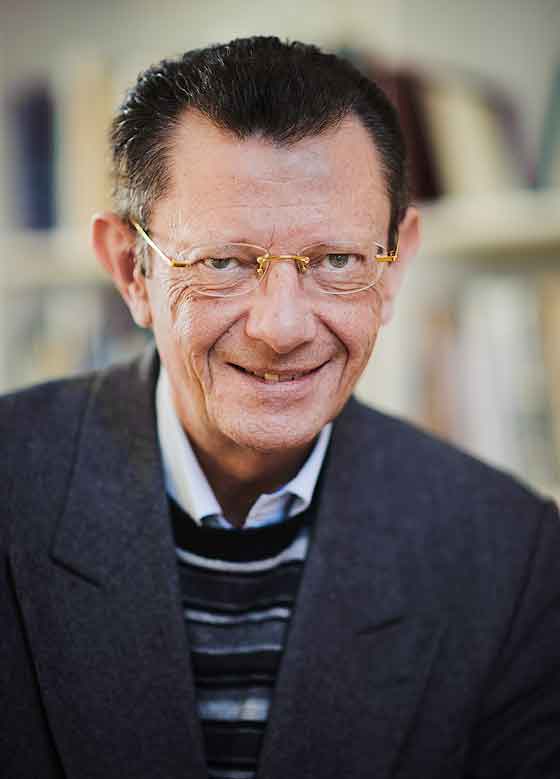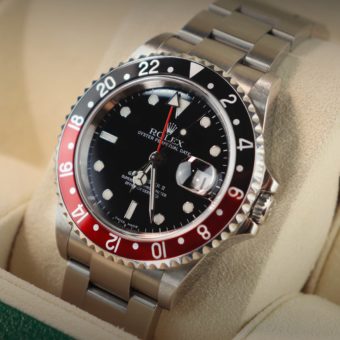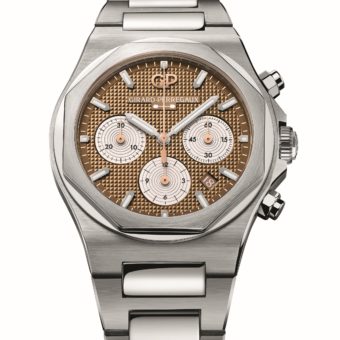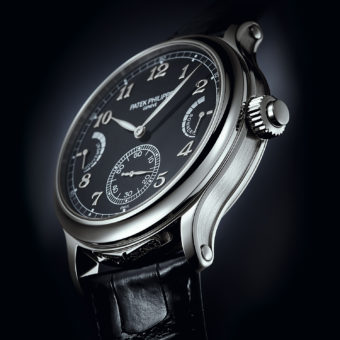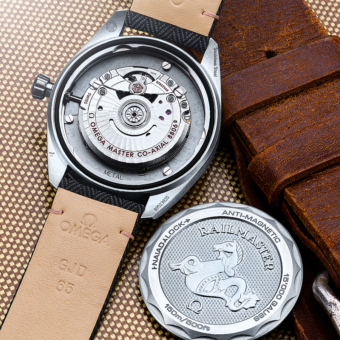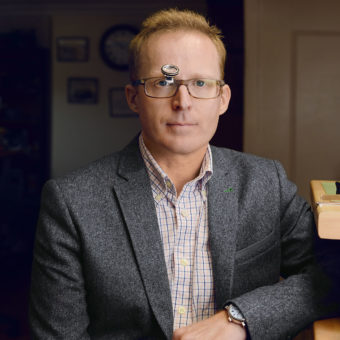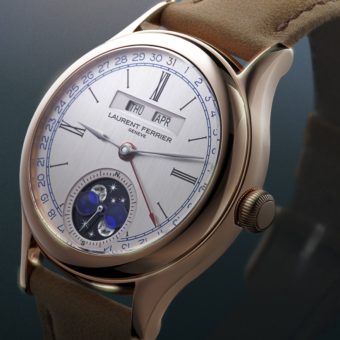WT: Was La Rose des Temps a unique piece?
DL: Yes. But it went all over the world, to all these different cities for a year. And it made the headlines on the TV news; everyone saw it as a kind of political statement. It was also a statement that things were finally starting to move in the world of mechanical watchmaking and that mechanical watchmaking can still move people, can trigger emotions. It really was the start of something new. So in 1982, 1983, because this creation had so shaken things up, moves started being made at firms like Blancpain and Audemars Piguet and by people like Gérald Genta. We were the pioneers. And if you look at where mechanical watchmaking is today, it’s because that’s when things started to move again. We really threw ourselves into this body and soul. We realized that we had to create an event, not just tinker away in a corner and develop magnificent movements that nobody ever knew about. There had to be a statement.
WT: So when the mechanical watch industry really come back in the 1990s, what was your next step?
DL: Everything that I had created before then was limited by the tools that were available. The problem was volume: you couldn’t do any kind of large-scale production and you couldn’t work in really tiny dimensions. Today, if you come to a watch manufacturer and look around, you’ll see we are using a lot of the same traditional tools that they used back in the 18th century for pocketwatches and grandfather clocks, but they are much more precise; they allow us to work with much greater precision.
WT: Tell me about how you came to work with major brands like Blancpain.
DL: Jean-Claude Biver, who was running Blancpain at the time, was a man who was moved by the same passions as I am, and he had a love for challenges. But I’d say I had an even greater challenge than he did and I’ll explain why. Biver was really into the haute horology concept, so that they brought out a new complication about every 18 months. He would say, “I’ve got this idea: we’re going to put three complications in the same watch.” I said, “We could, but in the time it takes, someone else will put four complications in a watch. Why don’t we shoot for the moon and go for six right away?” So this is how the adventure started. It was three years in development and the idea was to produce 30 pieces. And we had to rely on the technology of the era. This was around the time computers entered the watchmaking industry. The Blancpain 1735 was designed using auto CAD software that ran on an old IBM system, really pre-history in terms of computers. We were pioneers; nobody was using that at the time, but we saw what we could get out of it. So we used computers as we could, but when it came to actually manufacturing the watch, we used traditional techniques, to achieve the intrinsic beauty of a fine mechanical piece. Over a few years, we produced 14 out of the 30 pieces. Then I took some time off from that project and I did some other things for the Swatch Group, and that’s when I met Michele Sofisti [now CEO of Sowind Group, which owns Girard-Perregaux and JeanRichard].
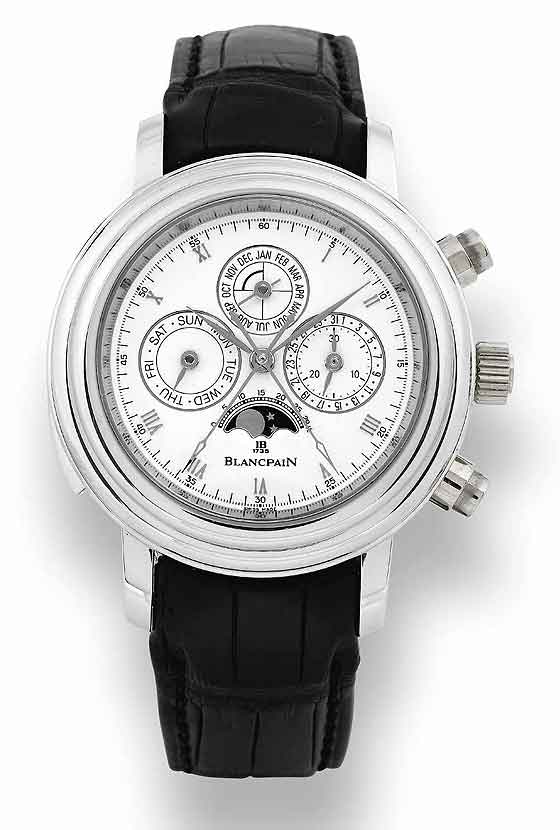
WT: What was interesting to you about Girard-Perregaux specifically, and what can you tell me about the work that you’re doing for that brand?
DL: After [my work with the Swatch Group], I continued with some of my own projects, the Atelier Loiseau watches. My last creation was the Loiseau 1F4, of which my atelier produces only two per year. Then I came to Girard-Perregaux at the invitation of Mr. Sofisti, who wanted me to work with him. When I look at G-P, I see two things. First, its history and background is genuine. It’s not just a brand; there’s a whole history behind it. Also, it is a real manufacture that reflects many of my own philosophies. And now, there’s this incredible challenge that we’re going to take up together. In all of the watchmaking industry, what do you see? You see people that design things kind of opportunistically. Often, there’s no internal coherency within the product assortment. Let me draw a parallel with the automobile world. Let’s say that you’re going to design this incredible V12 engine. And then you’re going to derive a V8 model, a V6 and a V4 model from that V12. You’re going to vary the complications, but you’re going to have a common starting point. For the first time in the watchmaking world, we intend to have a 100 percent coherency within the whole product line. Whether you’re buying the V8 model, the V6 model, the V4 model, it all comes from the V12 model. It’s a little chunk of that dream that starts with the top-of-the-line model. This is our goal.
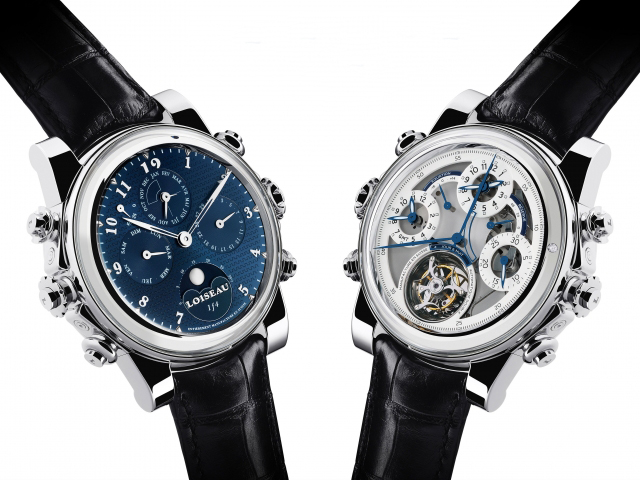
WT: Does that mean you will be starting with a very complicated base movement and making simpler versions of that movement?
DL: The base will always be the common denominator. Then we can take one element away, or change or modify another. But it’s all from the same starting point.
WT: Will this be a revamp of the entire Girard-Perregaux collection, or a new family within the brand’s portfolio?
DL: I wouldn’t say it’s a new family; it will be in a similar spirit to Girard-Perregaux’s Opera models, which are already part of the collection, and represent the brand’s highest levels of haute horlogerie. Hopefully it will have an impact on the whole collection.
WT: Is it also a goal that Girard-Perregaux will no longer use any outside movements?
DL: G-P already produces a number of its own movements and components, but here we’re not just talking about a policy change for the sake of change, we’re trying to really strengthen the manufacture. Everybody says, “We have a manufacture,” but not everyone really has one that really meets the definition, so there’s no point in bullshitting people. What really counts is transparency, and the whole idea is to strengthen G-P on the ground as a manufacture, which also gives it a lot more creative license. When we’re producing something, you don’t have to say, “Well, I have to go source this part from Company X or Y.” This means that you can really take over more and more of the production process yourself. Obviously, this is not something that happens overnight; it will probably take two or three years. But this is really where we’re moving now.
